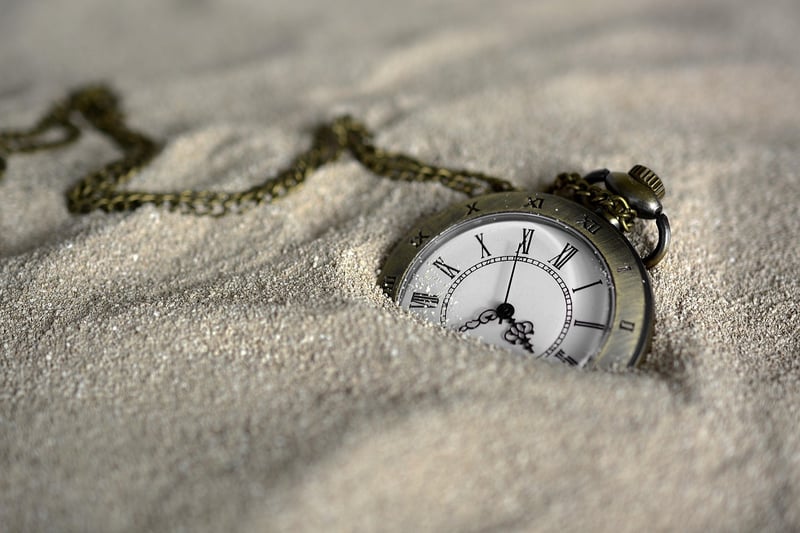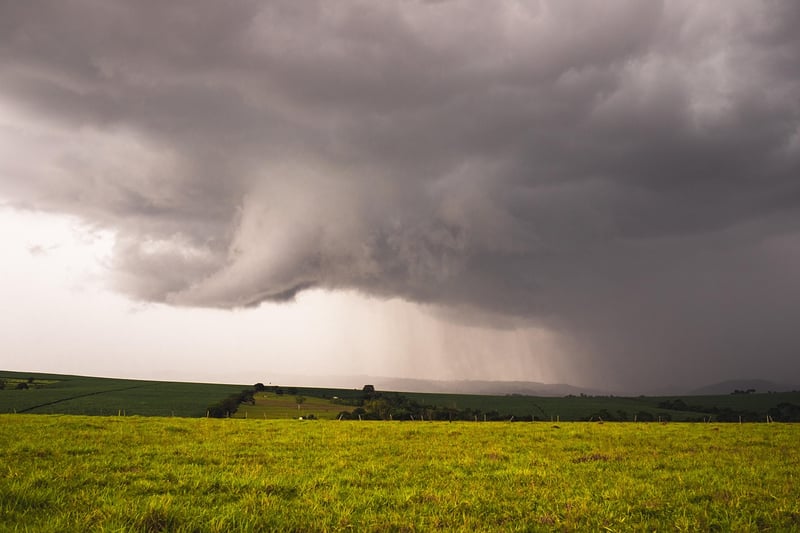Temporal Loops
Understanding Time Conflicts and Temporal Loops
Time conflicts and temporal loops are intriguing concepts that often puzzle our minds when it comes to time travel and storytelling. Let's delve into these phenomena to unravel their complexities.
Time Conflicts
Time conflicts occur when there are discrepancies or inconsistencies in the timeline of events. This can happen when a character changes the past, leading to a ripple effect that alters the future. In essence, time conflicts create paradoxes that challenge the traditional linear progression of time.
Causes of Time Conflicts:
- Changing past events
- Interfering with historical figures
- Creating alternate timelines
Time conflicts often lead to mind-bending scenarios where cause and effect become intertwined, posing philosophical questions about fate, free will, and the nature of reality.
Temporal Loops
Temporal loops, also known as causal loops or bootstrap paradoxes, involve events in which a future event is the cause of a past event, which in turn is the cause of the future event. This creates a loop with no discernible origin, challenging our understanding of causality.
Characteristics of Temporal Loops:
- Events repeating endlessly
- No clear beginning or end
- Information or objects existing without origin
Temporal loops often result in characters being trapped in a cycle of events they cannot escape, raising questions about determinism, predestination, and the concept of self-consistency.
Conclusion
Time conflicts and temporal loops add depth and complexity to narratives, prompting audiences to contemplate the nature of time and causality. Whether used in science fiction or philosophical discourse, these concepts challenge us to think beyond our traditional understanding of temporal reality.


